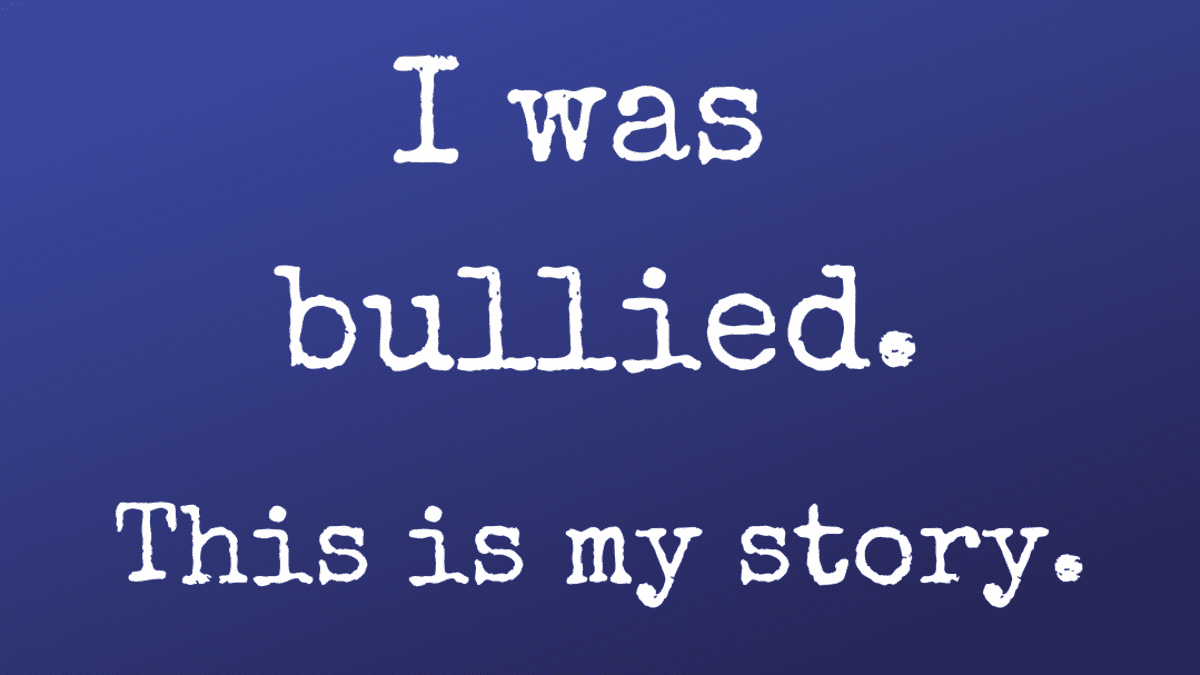


There were to be three hours of teaching each morning and afternoon instruction was to be given in reading, writing, and arithmetic, and the master and boys were to attend church on Sundays and prayer days. The master was to receive a salary of £120 a year, but if the number of boys fell below 60 his salary was to be cut by one-third. in 1825 a new scheme was drawn up for the government of the school. The parents provided the books and stationery, but there were no fees. They were taught reading, writing, and arithmetic geography, mathematics, and classics were available for those willing and able to profit from their study. John Milne 1791- 1831 – There were about 110 boys, aged 7 to 14, all the sons of parishioners both rich and poor alike.

During this period the school suffered financially. Samuel Hardy 1762 – 1791 – was an author and theologian, In 1779 he established the dimensions of a cedar tree planted by Uvedale and for many years a local landmark (plaque can be seen outside Pearsons in the pedestrian area of Palace Gardens). The vestry gave up the upper part of the school-house, which was then fitted up for boarders, and a new 3 storey master’s house was added to the left of building in 1739 John Allen 1732 – 1761 – (part of the school turned into a boarding school) He was such a successful headmaster that the school was extended. See The Housespage for more information.įor a significant period, when the school was a selective one up to the end of the 1960s, the houses were the basis of a wide range of other competitive internal activities such as drama, debating, competitive sports (including shooting). The names of the houses are Forty, Myddelton, Poynetts, Raleigh, St. The school has a house system for some internal sporting activities and pupil awards and achievements. Robert Uvedale who was master from 1664 to 1676. The school motto, ‘Tant Que Je Puis’ Old French for ‘As much as I can’, which is incorporated in the school badge / crest was adopted from the family of Dr. Chace Boys School has since become co-educational and has changed its name to Chace Community School. The two schools were separated again in 1970, but both remained comprehensive. In that year, it was amalgamated with Chace Boys School to form a comprehensive school which retained the name Enfield Grammar School. Until 1967 EGS remained a grammar school. This building was sometimes referred to as the Old Hall and is still part of our current school. Initially, the upper floors were used for parish meetings. William Garrett’s 1586 bequest of £50 helped the parish to build the present Grade II listed Tudor three storey red brick school in the 1580/90s, at a total cost of over £400. In 1516 the parish acquired Prounces house, behind the King’s Head, for the school master and in 1557 a school house is first mentioned. The chantry priest, who later also became a teacher, chanted prayers for the souls of the donor, her parents and her four husbands.Įarly in the 16th century the funds from the Poynetts estate were converted to support a school. 1398–1558, and is the predecessor of Enfield Grammar School.The school has its origins in the 1462 will of Agnes Myddleton, which left an estate at Poynetts in Essex to set up a chantry chapel in St Andrew’s church. There is evidence that a school stood in the same area as EGS, Enfield Chantry School, from c.

Fundraising & Sponsorship Opportunities.Sixth Form Open-Evening – November 2021.


 0 kommentar(er)
0 kommentar(er)
